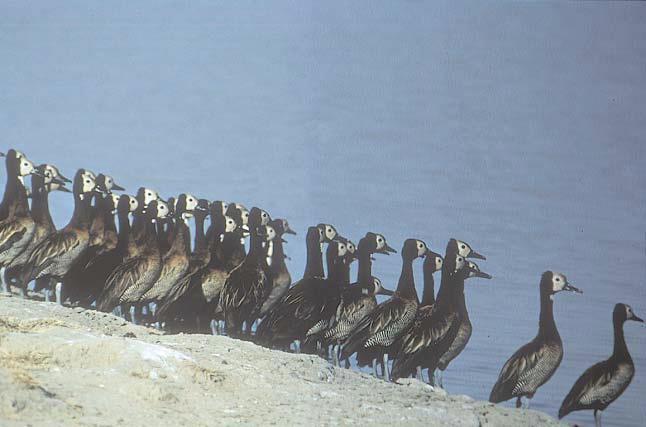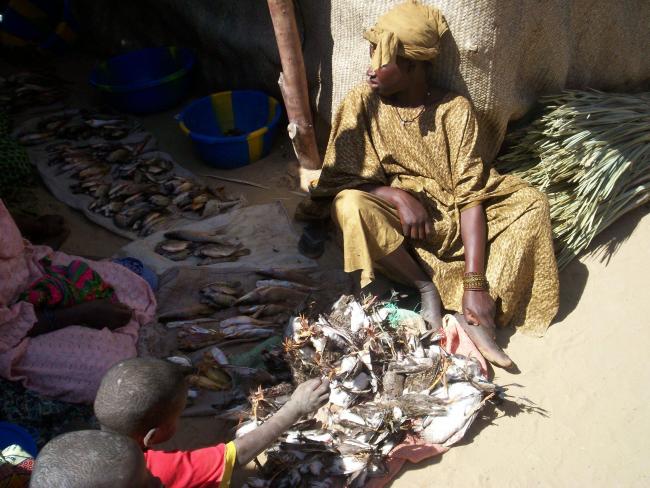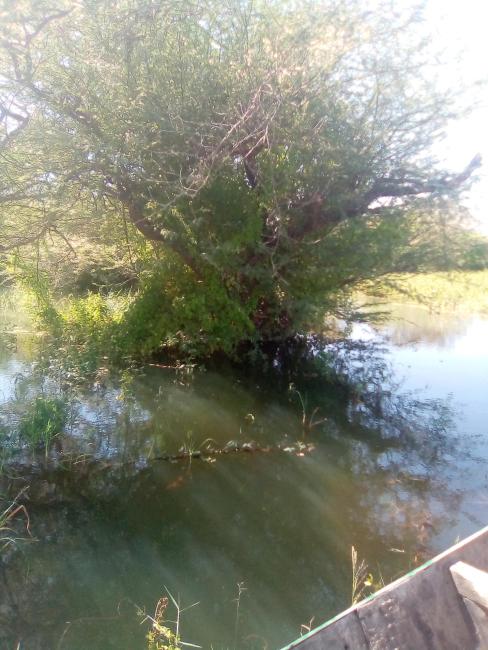Delta Intérieur du Niger
Delta Intérieur du Niger
- Country:
- Mali
- Site number:
- 1365
- Area:
- 4,119,500.0 ha
- Designation date:
- 01-02-2004
- Coordinates:
- 15°18'11"N 03°58'47"W
Carousel
CarouselMaterials presented on this website, particularly maps and territorial information, are as-is and as-available based on available data and do not imply the expression of any opinion whatsoever on the part of the Secretariat of the Ramsar Convention concerning the legal status of any country, territory, city or area, or of its authorities, or concerning the delimitation of its frontiers or boundaries.
The inland delta of the Niger River is a vast and ecologically significant wetland, extending from Ké Macina to Timbuktu and covering the Ségou, Mopti, and Timbuktu regions of Mali. The Site supports globally vulnerable species such as the hippopotamus (Hippopotamus amphibius) and the African manatee (Trichechus senegalensis). It is also home to diverse fish species, including the tigerfish (Hydrocynus brevis), elongate tigerfish (Hydrocynus forskahlii) and Victoria perch (Lates niloticus), as well as endangered waterbirds such as the crowned crane (Balearica pavonina). The Site plays a crucial role in flood regulation, water filtration and the provision of food and non-food resources to local communities. Additionally, it is vital for agriculture, fisheries and livestock grazing, making significant contributions to local livelihoods. The Site also has cultural importance, serving as a source of artistic inspiration and containing prehistoric remains. Regardless, it faces significant threats due to alterations in the Niger River’s flood cycles caused by climate change and poor upstream water management practices. Overfishing and expansion of agriculture is driving deforestation and has led to resource depletion and conflicts among local populations.
- World Heritage site
- Delta Intérieur du Niger - Delta Intérieur du Niger
- Other international designation
- ML1365RIS_2503_fr.pdf
- ML1365RISformer_170425.pdf
- ML1365map.pdf
- ML1365_map170524.pdf
- ML1365taxo_FR.pdf
- ML1365_ECD200406.pdf













